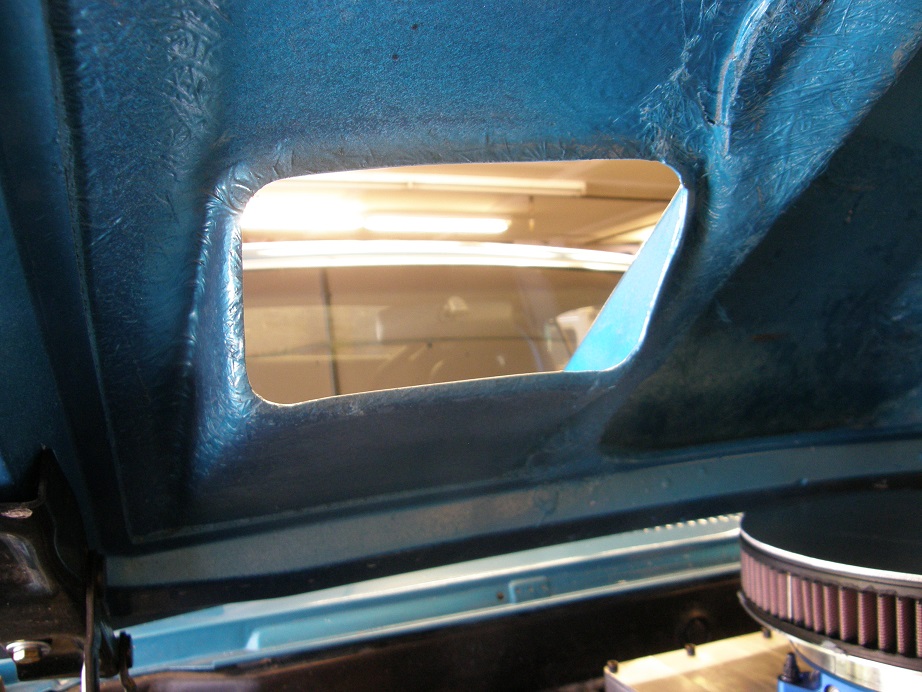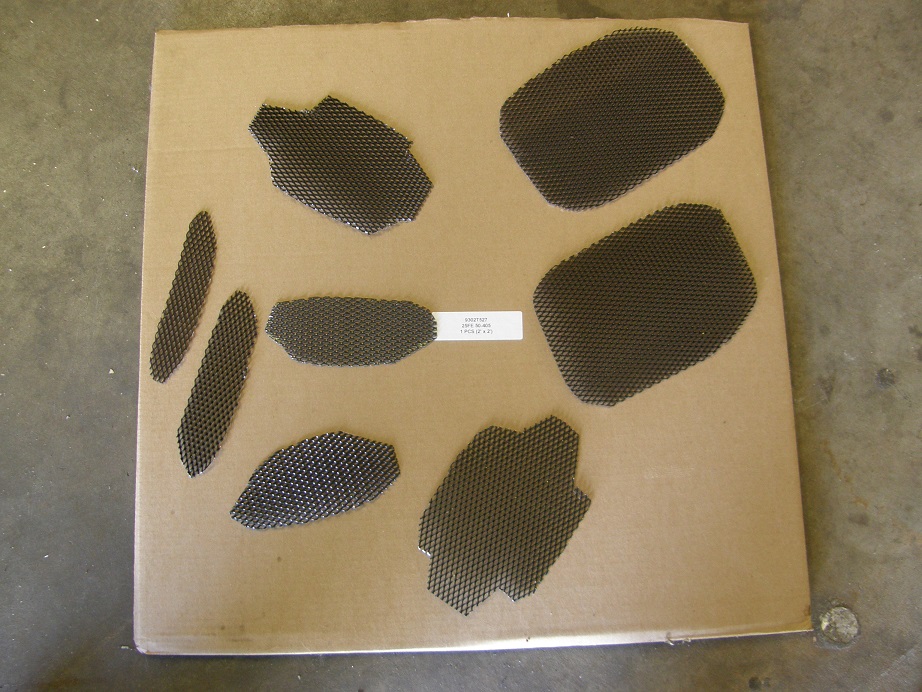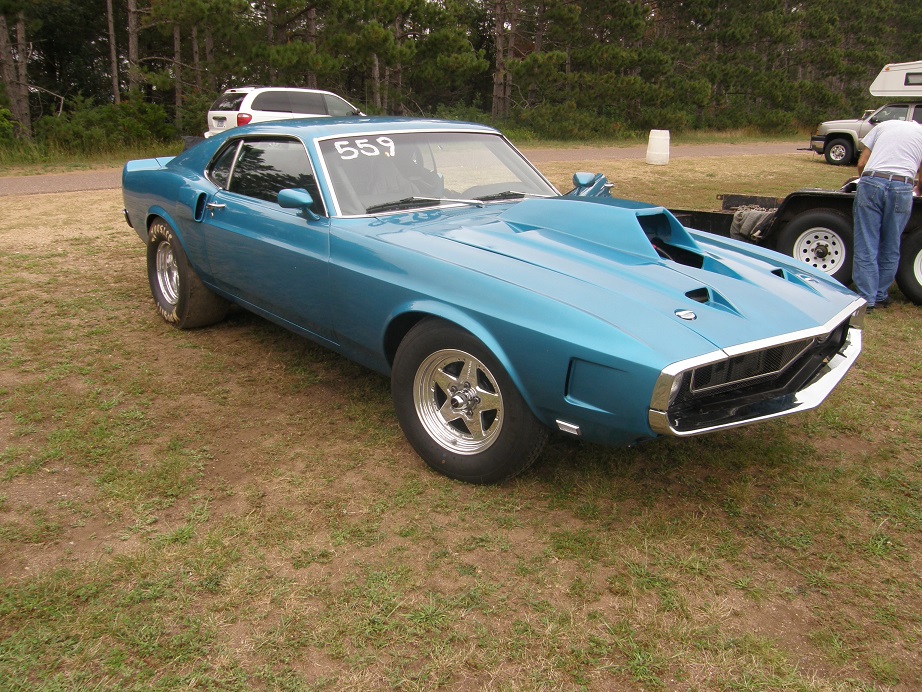181
FE Technical Forum / Dedicated Upper Manifold for the Intake Adapter
« on: December 19, 2014, 03:34:36 PM »
Despite the current delays at the foundry, I've been relatively happy with how the FE intake adapter project has gone over the last year or so. By March or April I'm hoping to be all caught up on deliveries of these, and sometime in January I expect to put the new timing covers up for sale. So, I'm looking to start another casting project this year, and one that comes to mind right away is a dedicated intake manifold top, or upper manifold, to fit on the intake adapter.
Doing a dedicated upper manifold for my adapter has some advantages over using a standard 351C intake. One advantage has to do with port alignment; because of the smaller bore spacing of a 351C engine, the outboard ports in the adapter are angled somewhat to get the #1, #4, #5, and #8 ports in the heads to line up with the same ports in the 351C manifold. This doesn't seem to have a major effect on power production up to 650 horsepower or so, but of course at the limit a straighter port is better, and since I can easily change the porting programs for the adapter, I could cast a custom upper manifold to fit without requiring the angled ports. I also like the idea of making the upper manifold a two piece unit, that could be split apart down the center of the plenum for porting purposes. And with control of the casting, I could add material to allow widening the intake ports towards the center of the engine, and also to raise them if desired. Material could also be added to allow machining holes for fuel injectors in case EFI was used, and also to leave enough material at the flange so that the upper manifold would work with either the standard medium riser adapter, or the high riser adapter. Finally, with control of both the intake adapter and the upper manifold, I could cut the upper manifold for O-ring grooves, and use O-rings to seal the upper manifold to the intake adapter, eliminating the need for another set of gaskets.
I've been thinking about this for a few months now, and the problem that I've been wrestling with is what upper manifold to build. I have three different ones in mind, and at some point I may end up building all three, but for now I just need to get started on the design and tooling for one of them. So, I put the poll up to get some feedback from forum members on which one is of most interest. Here are some details on the upper manifolds I'm considering:
** Single Plane Dominator Flanged Spider Intake - This would be similar to an Edelbrock Victor intake in appearance, but it would end up being quite a bit taller, at least 2" and maybe more. Designed for 4500-8500 RPM operation with a Dominator carb. The idea is to be a step above the Victor in single plane performance.
** 2X4 Single Plane Intake Similar to a Tunnel Wedge - This would be an upper manifold that basically duplicated the design and performance of the tunnel wedge intake, and also duplicated the carb position so that it would fit under the hood of most FE vehicles. I would envision a carb mounting pad that would allow the standard 4150 carb arrangement, or mounting 4150 carbs sideways so that a couple of double pumpers could be used if desired. And of course the carbs would be spaced so that the ubiquitous oval air cleaners would fit.
** 2X4 Tunnel Ram, in Sheet Metal Intake Style - this upper manifold would feature straight runners and a V-shaped plenum like a new sheet metal intake, but would be cast aluminum instead. It would probably be a three piece design, with a billet aluminum top and cast runners/plenum. I'd design it to work with the factory distributor location, rather than with an offset distributor. Runner length would be optimized for tuning at 7000 RPM.
All of these upper manifolds would have the features described earlier. One caveat, though, is that I don't know for sure if, or when, I'd make one of these upper manifolds available. Its something I'd like to do, but its tough to predict availability of the time and funds for this kind of project. So, no promises of any sort on this.
Which manifold do you think I should build?
Doing a dedicated upper manifold for my adapter has some advantages over using a standard 351C intake. One advantage has to do with port alignment; because of the smaller bore spacing of a 351C engine, the outboard ports in the adapter are angled somewhat to get the #1, #4, #5, and #8 ports in the heads to line up with the same ports in the 351C manifold. This doesn't seem to have a major effect on power production up to 650 horsepower or so, but of course at the limit a straighter port is better, and since I can easily change the porting programs for the adapter, I could cast a custom upper manifold to fit without requiring the angled ports. I also like the idea of making the upper manifold a two piece unit, that could be split apart down the center of the plenum for porting purposes. And with control of the casting, I could add material to allow widening the intake ports towards the center of the engine, and also to raise them if desired. Material could also be added to allow machining holes for fuel injectors in case EFI was used, and also to leave enough material at the flange so that the upper manifold would work with either the standard medium riser adapter, or the high riser adapter. Finally, with control of both the intake adapter and the upper manifold, I could cut the upper manifold for O-ring grooves, and use O-rings to seal the upper manifold to the intake adapter, eliminating the need for another set of gaskets.
I've been thinking about this for a few months now, and the problem that I've been wrestling with is what upper manifold to build. I have three different ones in mind, and at some point I may end up building all three, but for now I just need to get started on the design and tooling for one of them. So, I put the poll up to get some feedback from forum members on which one is of most interest. Here are some details on the upper manifolds I'm considering:
** Single Plane Dominator Flanged Spider Intake - This would be similar to an Edelbrock Victor intake in appearance, but it would end up being quite a bit taller, at least 2" and maybe more. Designed for 4500-8500 RPM operation with a Dominator carb. The idea is to be a step above the Victor in single plane performance.
** 2X4 Single Plane Intake Similar to a Tunnel Wedge - This would be an upper manifold that basically duplicated the design and performance of the tunnel wedge intake, and also duplicated the carb position so that it would fit under the hood of most FE vehicles. I would envision a carb mounting pad that would allow the standard 4150 carb arrangement, or mounting 4150 carbs sideways so that a couple of double pumpers could be used if desired. And of course the carbs would be spaced so that the ubiquitous oval air cleaners would fit.
** 2X4 Tunnel Ram, in Sheet Metal Intake Style - this upper manifold would feature straight runners and a V-shaped plenum like a new sheet metal intake, but would be cast aluminum instead. It would probably be a three piece design, with a billet aluminum top and cast runners/plenum. I'd design it to work with the factory distributor location, rather than with an offset distributor. Runner length would be optimized for tuning at 7000 RPM.
All of these upper manifolds would have the features described earlier. One caveat, though, is that I don't know for sure if, or when, I'd make one of these upper manifolds available. Its something I'd like to do, but its tough to predict availability of the time and funds for this kind of project. So, no promises of any sort on this.
Which manifold do you think I should build?






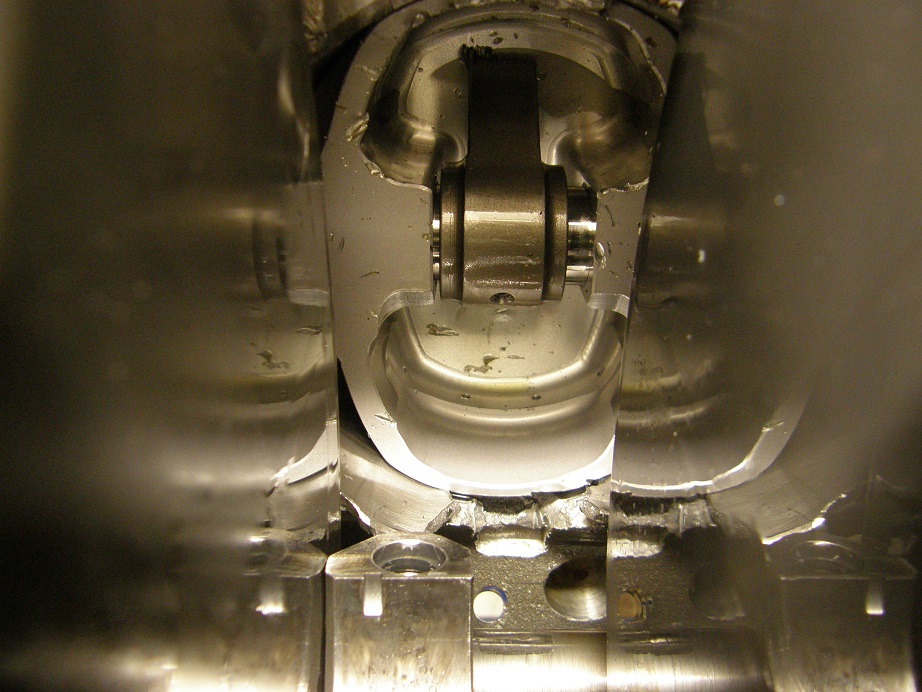

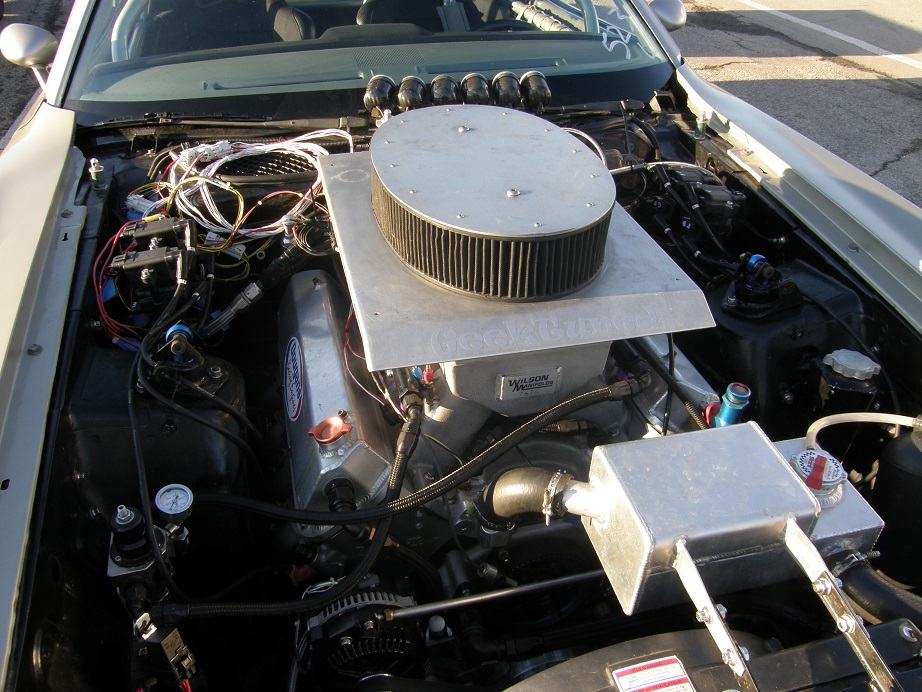
 The "prom queen's ride" has no shot in BB/NA unless Curt breaks.) Curt and I talked for a while and caught up, and I told him about my rod knock scare, which still had me shaking my head. One of Curt's friends is here and running in my class; his name is Brad and I remember him from DW'09, when he looked to have a pretty competitive car but broke part way through the event, if I recall correctly. I was sure that Brad would be fast. Shortly after that I ran into Dustin Hasse, who was one of the original gang at Drag Week 2005, and we started talking about maybe getting all the guys from 2005 together at some point during the week. There were a bunch of us there, and there has never been a better Drag Week than the first one in 2005, so it would be fun to get together and rehash old times over a couple of beers.
The "prom queen's ride" has no shot in BB/NA unless Curt breaks.) Curt and I talked for a while and caught up, and I told him about my rod knock scare, which still had me shaking my head. One of Curt's friends is here and running in my class; his name is Brad and I remember him from DW'09, when he looked to have a pretty competitive car but broke part way through the event, if I recall correctly. I was sure that Brad would be fast. Shortly after that I ran into Dustin Hasse, who was one of the original gang at Drag Week 2005, and we started talking about maybe getting all the guys from 2005 together at some point during the week. There were a bunch of us there, and there has never been a better Drag Week than the first one in 2005, so it would be fun to get together and rehash old times over a couple of beers.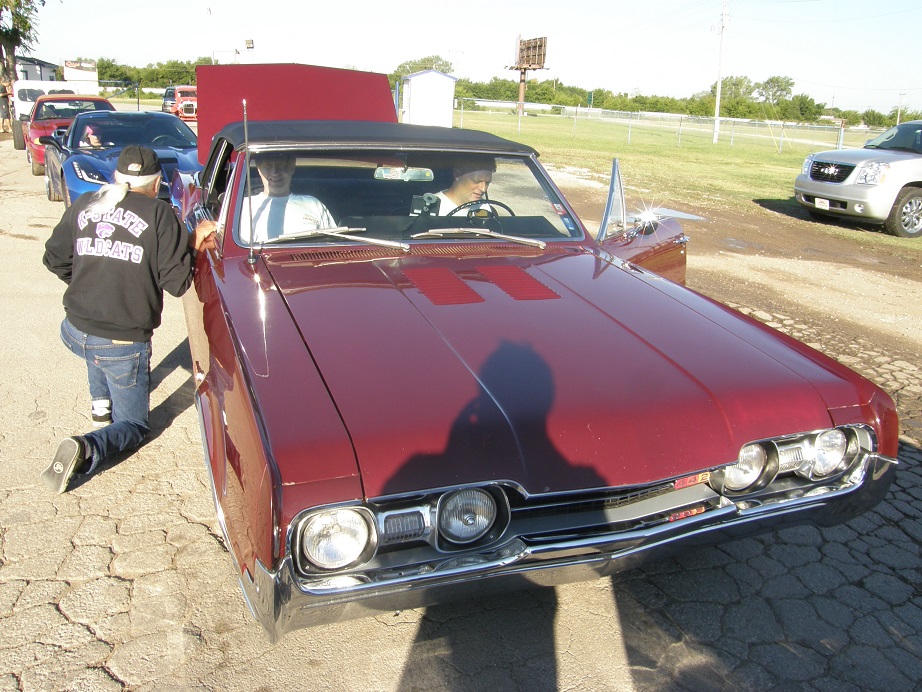
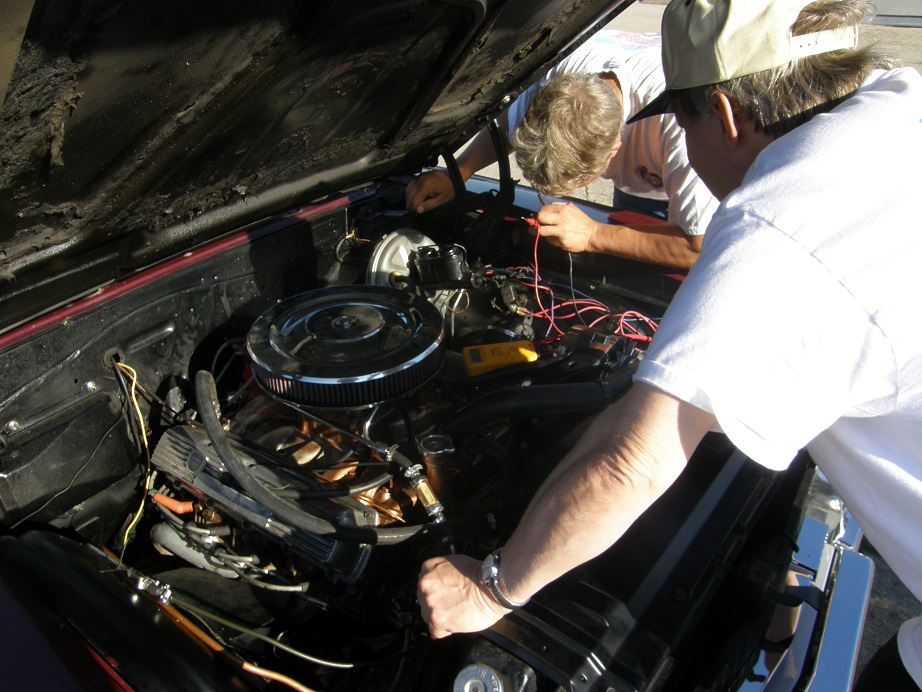
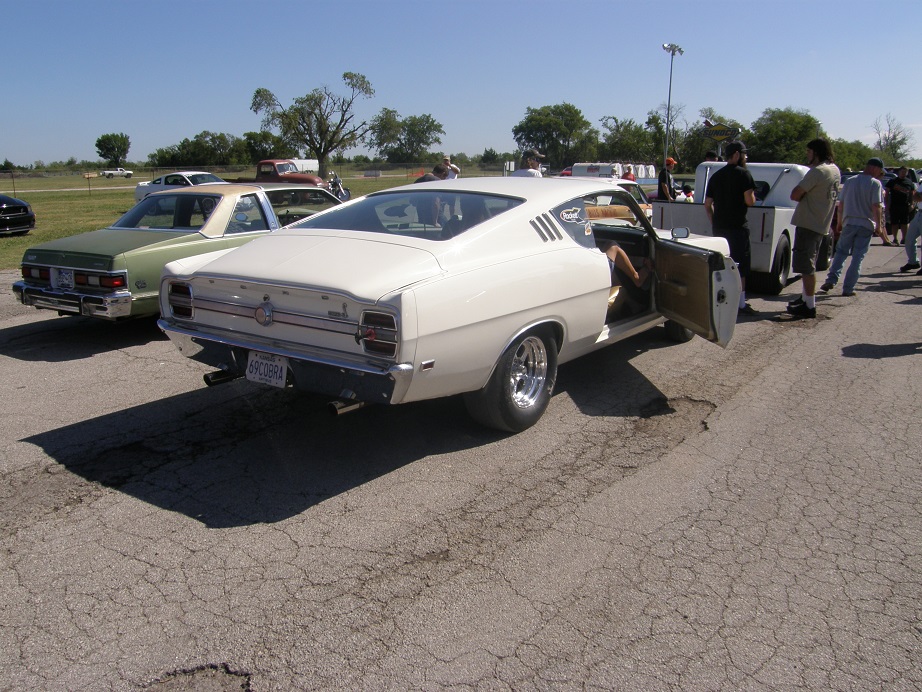
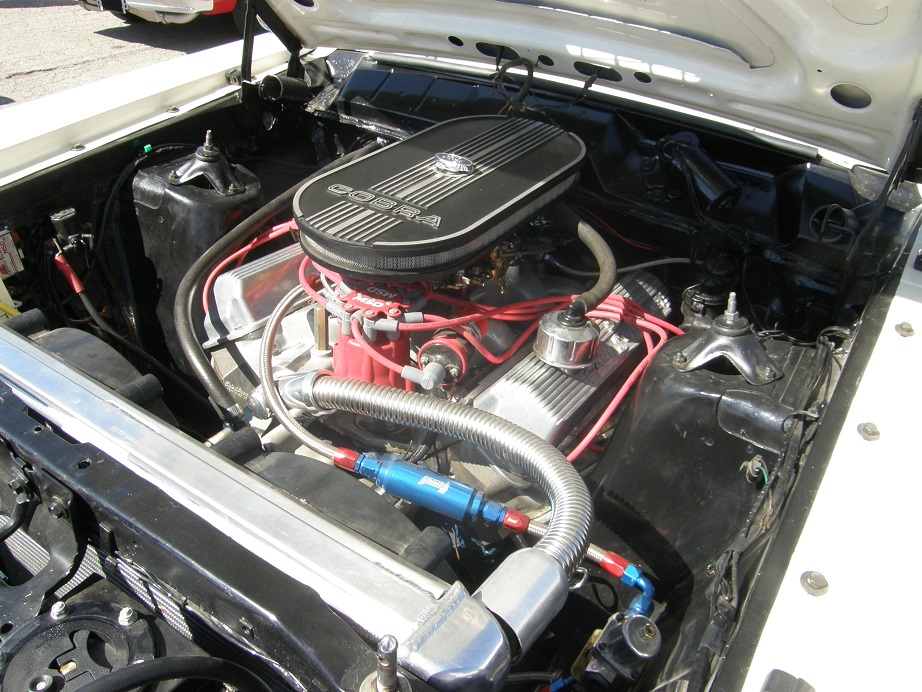
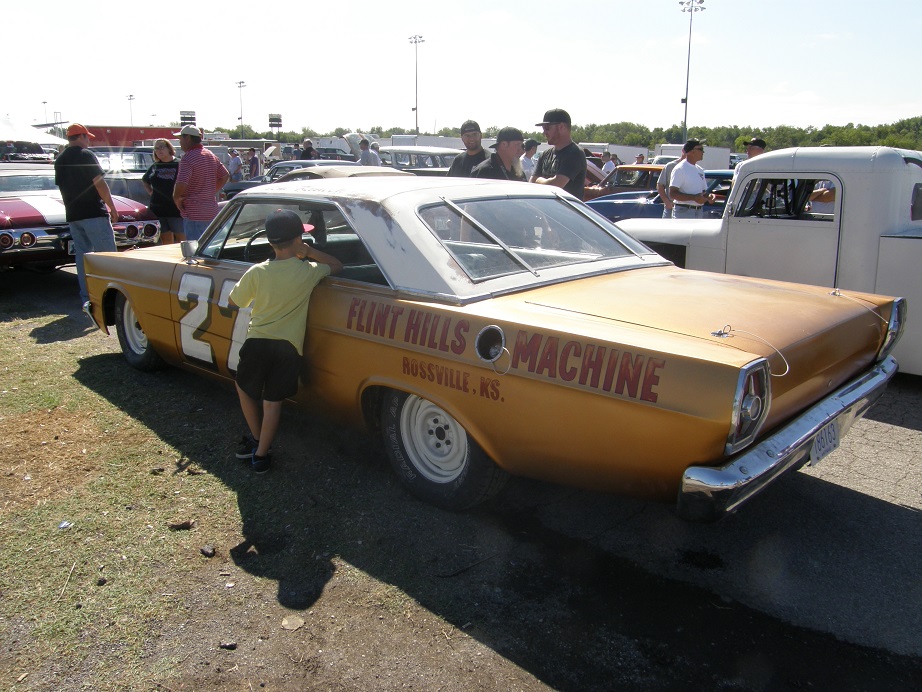
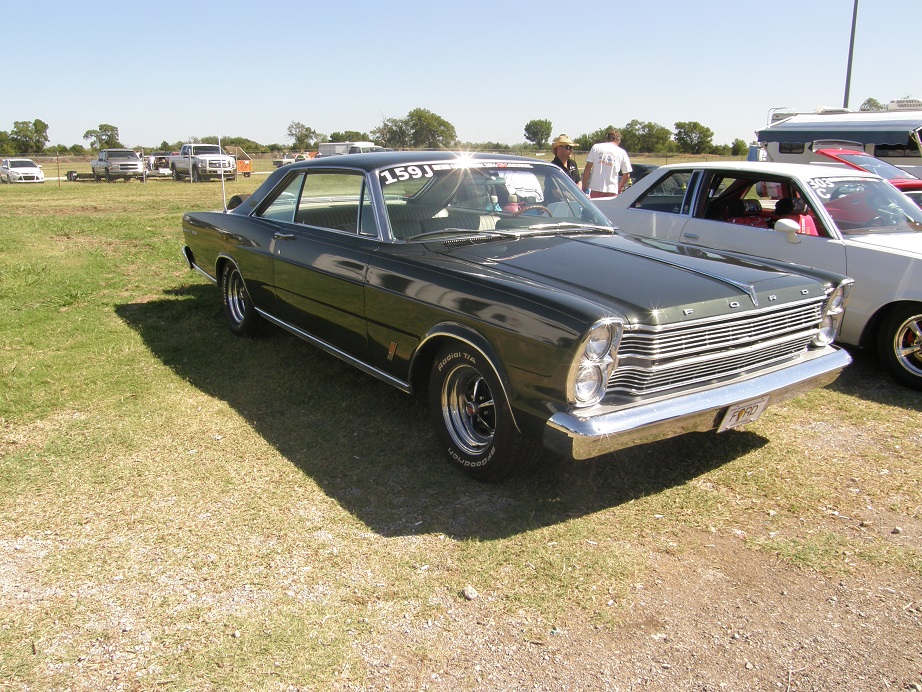
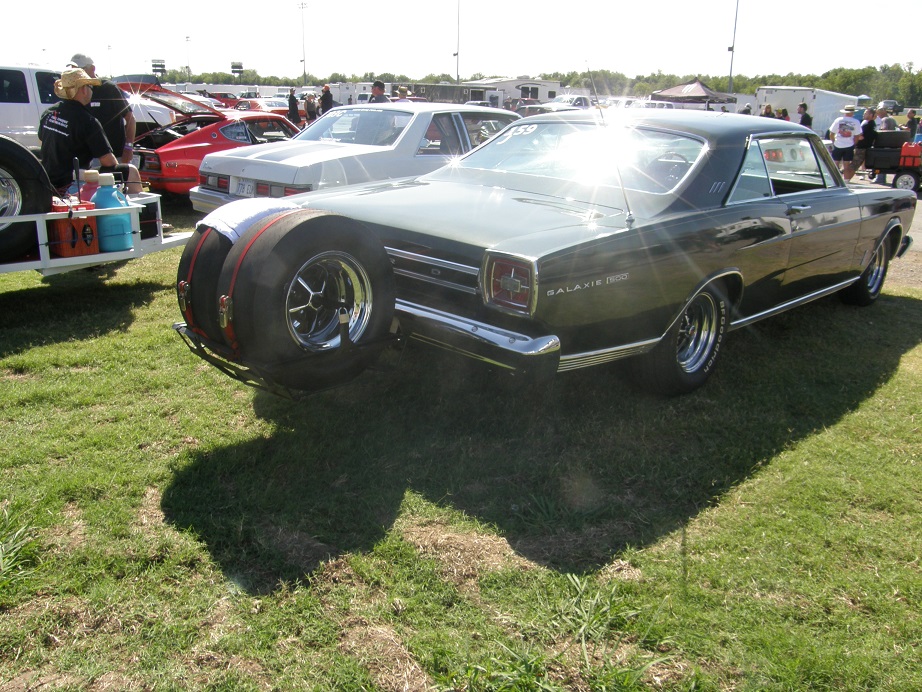
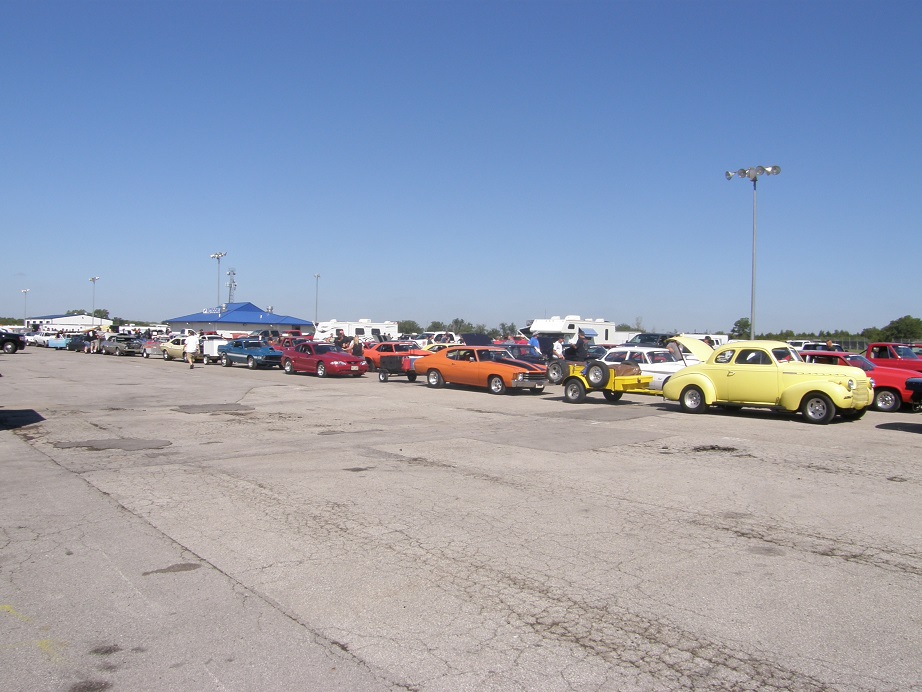
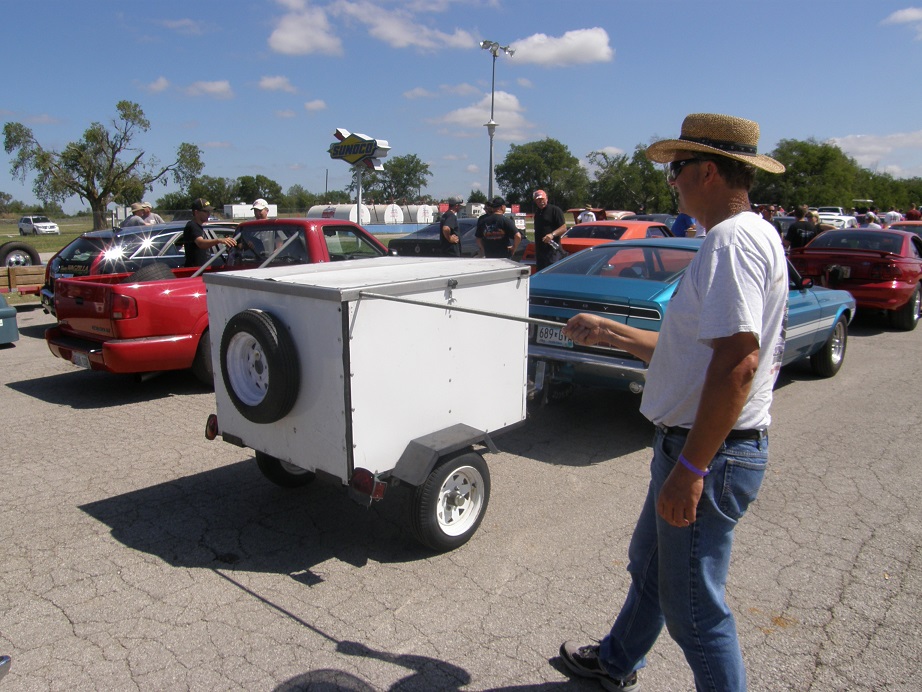

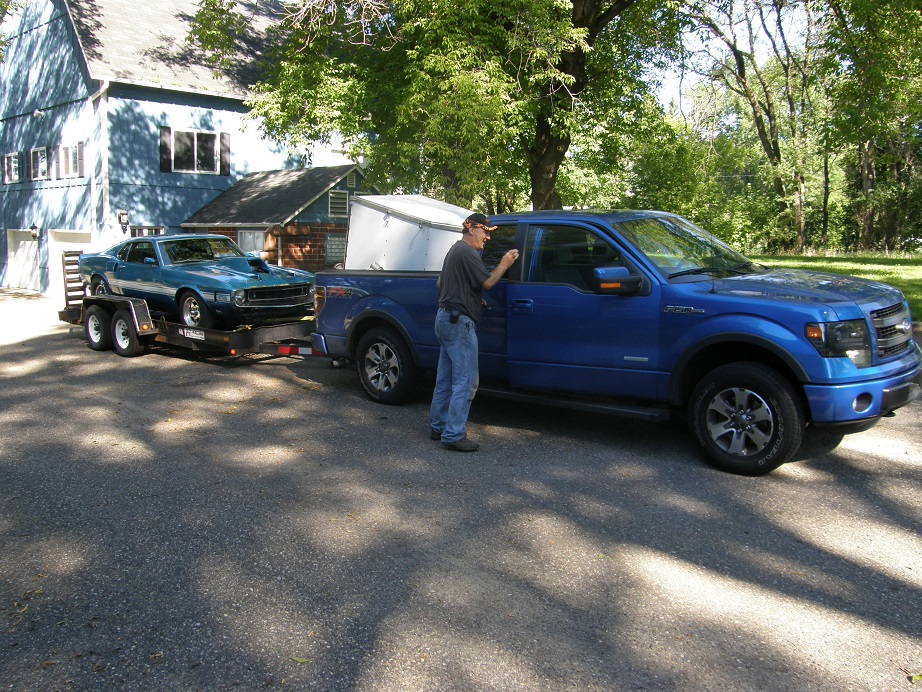
 We got in right about 9:30, and are now at the hotel. We expect to be at the race track by 7:30 tomorrow morning for registration, and should be able to get through registration and run the test and tune by around noon or so. I'm looking forward to seeing some of my Drag Week pals again, and getting some pictures of other people's cars. I'll post another update tomorrow night.
We got in right about 9:30, and are now at the hotel. We expect to be at the race track by 7:30 tomorrow morning for registration, and should be able to get through registration and run the test and tune by around noon or so. I'm looking forward to seeing some of my Drag Week pals again, and getting some pictures of other people's cars. I'll post another update tomorrow night.
